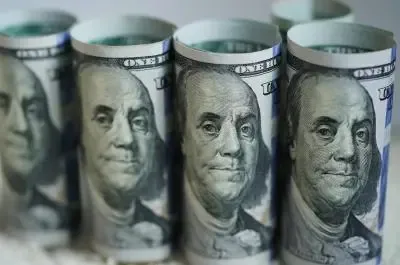What Factors Contributed to India's Forex Reserves Rising to $698.95 Billion?

Synopsis
Key Takeaways
- India's forex reserves rose to $698.95 billion.
- Increase of $2.29 billion in one week.
- Foreign currency assets now total $589.42 billion.
- Gold reserves increased to $86.32 billion.
- Forex reserves can cover over 11 months of imports.
Mumbai, June 20 (NationPress) India's foreign exchange reserves have surged by an additional $2.29 billion, reaching $698.95 billion for the week ending June 13, as reported by the RBI on Friday.
In the previous week, the reserves were at $696.66 billion, marking a total increase of $5.17 billion. With nearly $7.5 billion growth over the last two weeks, India's forex reserves are approaching the historic peak of $704.885 billion recorded at the end of September last year.
For the week ending June 13, the foreign currency assets, a significant part of the reserves, grew by $1.73 billion to $589.42 billion.
During this week, the gold segment of India's forex reserves expanded by $428 million, totaling $86.32 billion. According to RBI data, central banks globally are increasingly stockpiling gold as a safe-haven asset amidst geopolitical uncertainties. The proportion of gold within the Reserve Bank's forex reserves has nearly doubled since 2021.
The special drawing rights saw an increment of $85 million, reaching $18.76 billion. Additionally, India's reserve position with the IMF rose by $43 million to $4.45 billion during the reporting week, as per RBI data.
India's forex reserves can comfortably cover over 11 months of merchandise imports and approximately 96 percent of its outstanding external debt, as stated by RBI Governor Sanjay Malhotra following the monetary policy review earlier this month.
The Governor remarked, "In general, India's external sector shows resilience as key vulnerability indicators continue to improve. We are confident in fulfilling our external financing needs."
The growth in foreign exchange reserves is indicative of robust economic fundamentals, providing the RBI with the flexibility needed to stabilize the rupee during periods of volatility.
A solid forex reserve enables the RBI to engage in the spot and forward currency markets, effectively releasing more dollars to avert a significant depreciation of the rupee.









